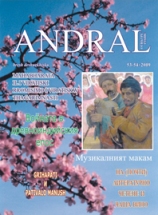
We kindly inform you that, as long as the subject affiliation of our 300.000+ articles is in progress, you might get unsufficient or no results on your third level or second level search. In this case, please broaden your search criteria.




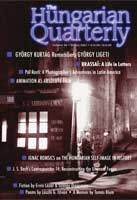
No history of 20th-century photography would be complete without mentioning photographers László Moholy-Nagy, André Kertész, Martin Munkacsi, Robert Capa, Brassaï, George Kepes or Lucien Hervé, who left Hungary to become famous abroad. However, the history of photography in Hungary goes back much further, to the late 1830s. Louis Daguerre’s invention was announced on January 7th, 1839 at the French Academy; less than a month later the Pest journal Hasznos Mulatságok (Useful Diversions) printed news of this. In the spring of 1839, Daguerre presented pictures he himself had made to the Emperor Ferdinand V, Metternich and to Count Antal Apponyi, the Austrian minister in Paris. In 1840 a book on photography was published in Hungarian, and there was an exhibition organized by the Pesti Mûegylet (Art Society of Pest) displaying three daguerreotypes that had presumably been brought from Paris. To our current knowledge, the first photographs in Hungary were also taken in 1840. In that August, Antal Vállas, a professor at the university in Pest, presented two daguerreotypes that he had taken from a window of the chamber in which the Hungarian Academy of Sciences was sitting: they show the Danube bank and the Royal Castle across the river in Buda. The painter Jakab Marastoni (born Giacomo Maraston in Venice), the first professional photographer active in Hungary, opened his studio in January 1841. To date, more than 40 daguerreotypers are known to have been active in Hungary between 1840 and 1850, and the number of daguerreotypes they produced is estimated at several thousand.
More...
As co-editor of the series History of Hungarian Photography, published by the Museum of Hungarian Photography in Kecskemét, I have worked on the oeuvre of almost fifty Hungarian photographers over some twenty years. The series has included several photographers who left Hungary when quite young, such as André Kertész, László Moholy-Nagy, Márton Munkácsi and Robert Capa. Most recently, my colleagues and I have spent two years studying the life and work of Brassaï (born in 1899 as Gyula Halász), including research on his relatives and friends, alive or deceased. During this project, two events helped to place Brassaï’s work in an entirely new light. The first of these was a 2006 auction in France, where 550 vintage Brassaï photographs were sold to private collectors, dealers, galleries and public collections for tens of thousands of euros, the first such auction since the deaths of Brassaï (1984) and his widow Gilberte (2005). The second event was an unexpected stroke of luck, of the kind any museum will experience only once. As in a fairy tale, a man arrived in Budapest from Bras¸ov in Transylvania, after a 12-hour train journey, carrying two enormous, musty-smelling folders. Opening the folders, we found 221 original Brassaï letters, along with postcards, early drawings, signed photos, newspaper clippings—a total of 637 items, which were offered to us at a very reasonable price. Although the museum was unable to purchase the material, their possessor donated forty letters to the museum, and we acquired copies of the other documents as well.
More...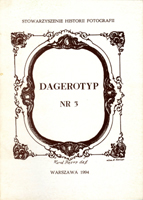


Short presentation of the photographic collection of the former Office of the Conservator of Monuments in Koenigsberg (ca. 1864-1943), presented at the exhibition "The Atlantis of the North" (first time in Olsztyn, 1993). Digitalized and reedited material.
More...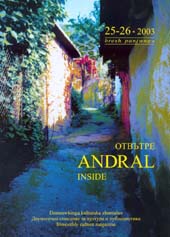



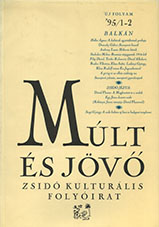

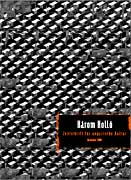
Ute Freitag ist im Saarland aufgewachsen, lebt als Studentin der Photographie in Berlin und war 1999 für ein knappes halbes Jahr im Rahmen ihrer Ausbildung in Budapest. Hier hat sie sich mit Hilfe ihrer optischen Apparaturen gründlich umgeschaut. Ihr Blick auf die Teile der Stadt ist durchaus nicht mit dem Zufall im Bunde, denn ihre Objektive fokussieren zielgewiß Gegenstände, die der Dynamisierung und Kapitalisierung zum Opfer fallen werden, bislang aber noch mit knapper Not davongekommen sind. Ein verschwindendes Budapest wird uns präsentiert, dessen Stunde geschlagen hat: Neonreklame mit dem Charme staatssozialistischer Unbeholfenheit, graue Interieurs einer leidenschaftlich grauen Zeit, die Gleichzeitigkeit des Ungleichzeitigen. Aus Bauwüsten ragen Heldenstatuen des 19. Jahrhunderts hervor, über dem Hinterkopf eines zu Bronze erstarrten Dichters prunkt falsche Größenwahngotik, bröckelnde Symbole lebensunfähiger Utopien reichen sich in Endzeiteuphorie die Hände. Die nagelneuen Hochglanzsymbole aktuellen Irrtums sind in diesen Bildern noch nicht erfaßt, sie dürfen sich noch eine Weile im Glauben allheilbringender Glückseligkeit wähnen, bis eine Kamera kommt, die auch sie auf frischer Tat ertappt und öffentlich zur Schau stellt(...)
More...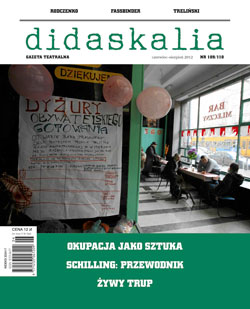
Iga Gańczarczyk discusses with Krzysztof Pijarski, a photographer and theorist, about the documentary nature of photography. Pijarski supports methods of depiction which contain “a gesture whose effect on the viewer is in parentheses.” Photography should not pretend to present the truth, but should rather provoke the question, “Why do we show something this way, rather than another?” The theorist ponders the use of strategies of deception and fictionalization and how a sense of strangeness is created through the use of documentary technique.
More...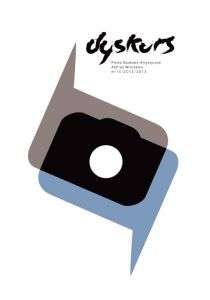
The paper is based on two research and artistic projects focusing on social aspects of photography. It describes “conservatism of photography” – habits opposing new usages and interpretations of pictures – in two ways. First, it applies to everyday amateur practices – using cameras, creating, sharing, watching and archiving pictures. Second, it refers to the conservatism of scholars and some research trends in visual sociology and anthropology.
More...